Special Report
Every Time a Foreign Country Surrendered to the United States
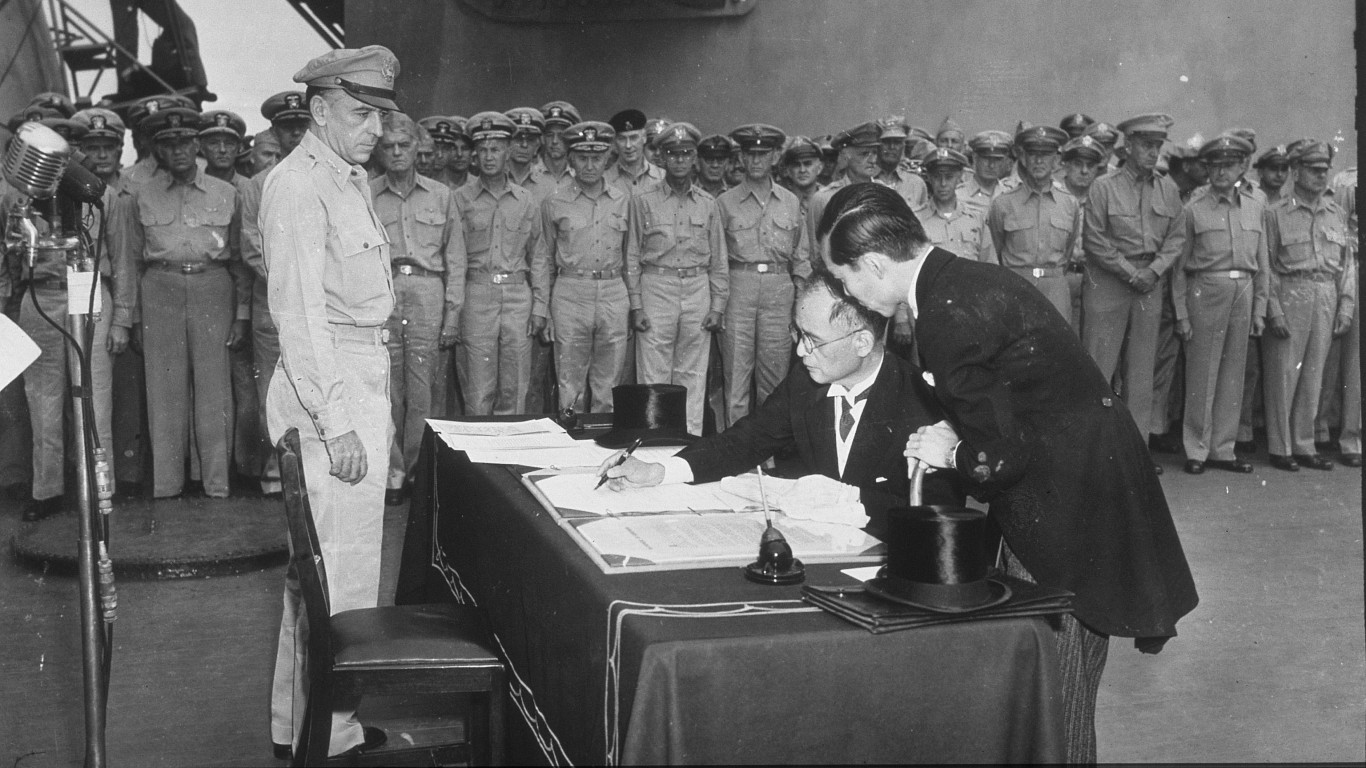
Published:

The United States has been at war for many years in its nearly 246-year history. Some sources contend the U.S. has been in some form of conflict – declared war, undeclared war, armed intervention – for 90% of its history dating back to its founding. In some of the wars in which the United States has emerged victorious, its opponent has formally surrendered, sometimes unconditionally. (These are the shortest wars in history.)
To find which countries have surrendered to the United States, 24/7 Wall St., used material from Britannica, U.S. naval history sources, History, the Library of Congress, the United States Holocaust Memorial Museum, the American Presidency Project, and the National Archives, and various media sources. We selected only nations and related entities that officially surrendered to the United States and, in some cases, its allies. The Civil War is excluded because the Confederacy was never recognized as a separate nation.
Since its inception, the U.S. has fought wars for various reasons: ideological (Korean War), expansion (Mexican-American War, Spanish-American War), commercial (Barbary Wars), intervention (Central and South America), and counterterrorism (Afghanistan). In nearly all of its military engagements, the U.S. has used its overwhelming industrial and military power to defeat opponents. (These are the deadliest battles in U.S. history.)
Historically, a surrender has occurred following a defeat in battle, and a sovereign nation has signed a peace treaty outlining the capitulation agreement. On the battlefield, those surrendering became prisoners of war. Among the terms of a surrender were the relinquishment of territory, fortifications, ships, or armament to another country or power. Such was the case in the Mexican-American and Spanish-American wars, whose results led to a dramatic increase in the physical size of the United States.
Both Germany and Japan surrendered unconditionally to the Allies in 1945. The nature of unconditional surrender – a surrender without conditions, except for those provided by international law – reflected the resolution of the Allies to win World War II without reservations or conditions.
This is every country that has surrendered to the US
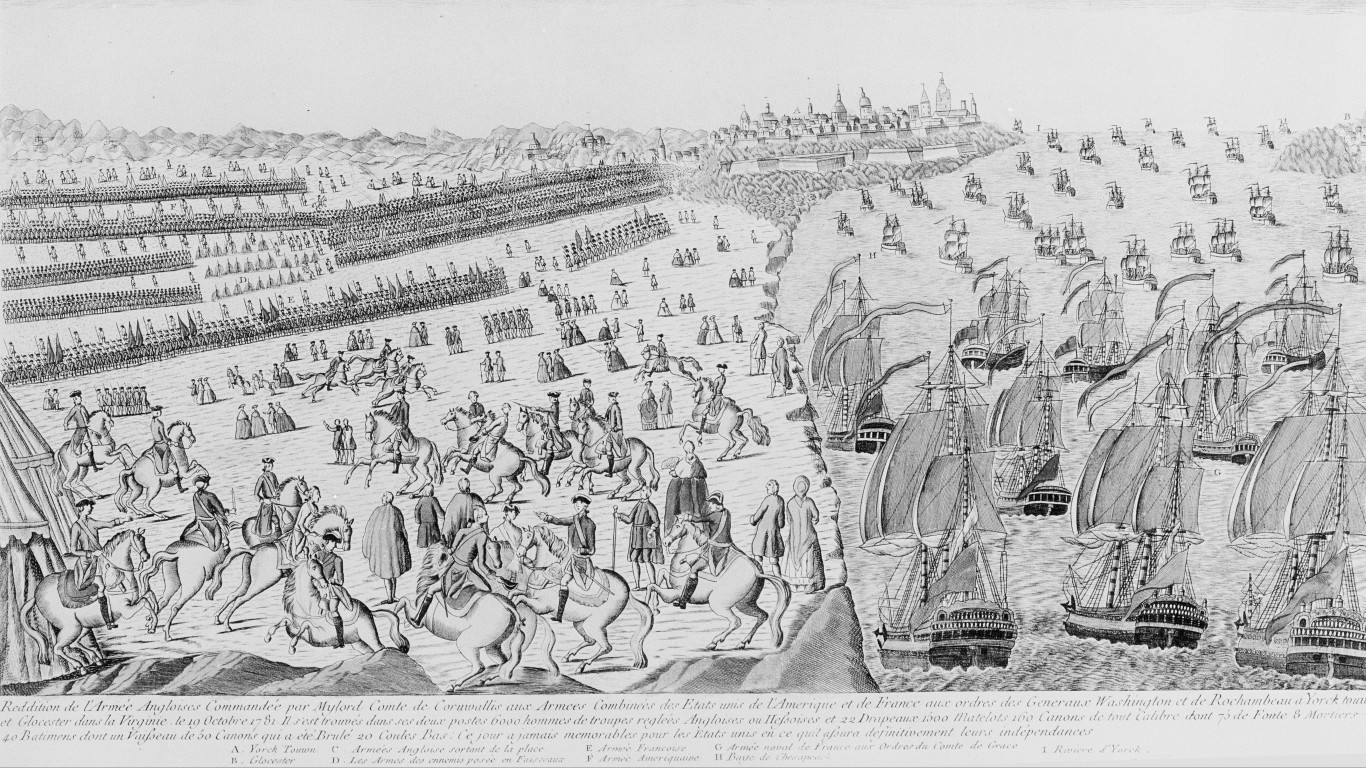
Great Britain
> Date of resolution: Sept. 3, 1783
> War: War of Independence
The Treaty of Paris ended the War of Independence fought between the American colonies and their allies France and Spain on one side and Great Britain, the most powerful nation in the world at that time, on the other. The accord recognized the independence of the United States, whose western boundaries extended to the Mississippi River. Florida was ceded to Spain.
[in-text-ad]
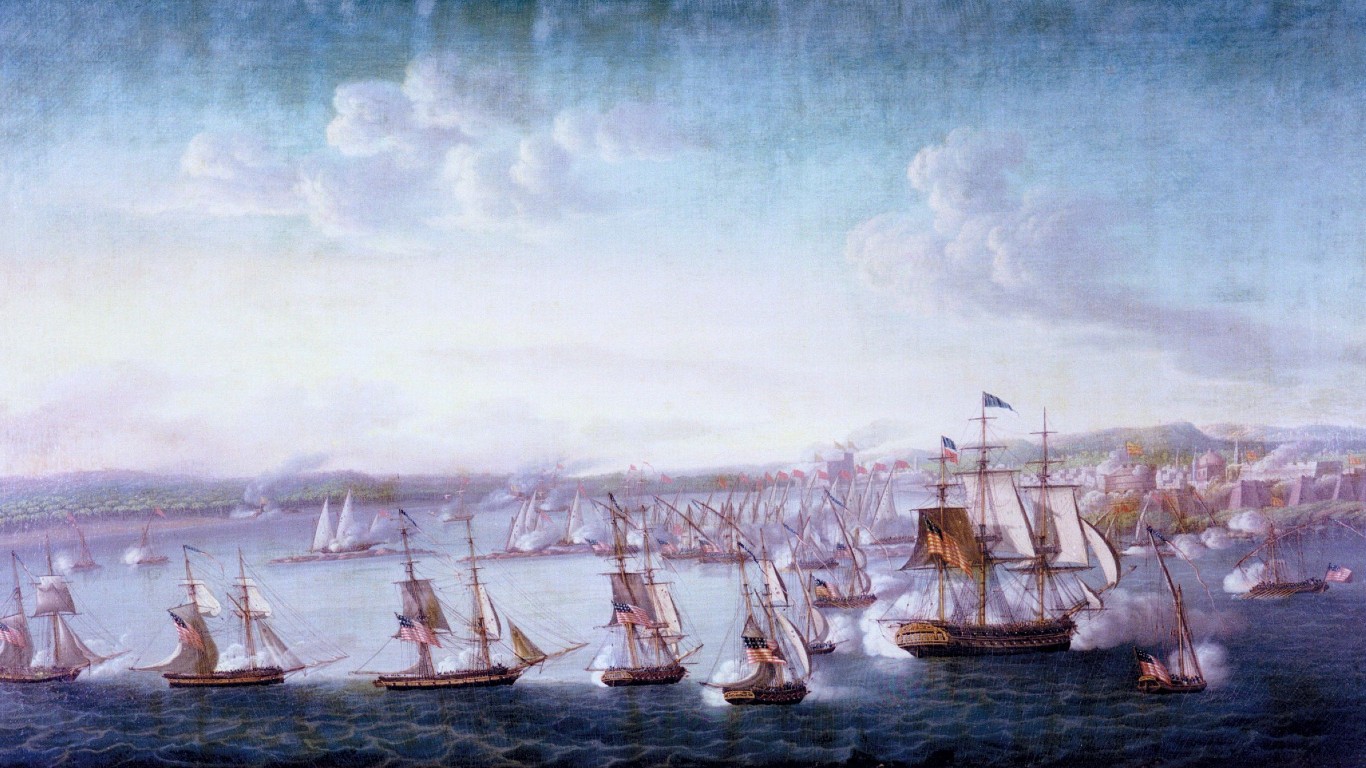
Barbary States
> Date of resolution: June 10, 1805
> War: Barbary War
The Barbary War, from 1801 to 1805, broke out between the U.S. and the Barbary States of Algeria, Tunis, Tripoli, and Morocco. Pirates from those countries raided passing ships in the Mediterranean and held passengers and sailors for ransom. U.S. ships had been protected by Britain’s navy until 1775, and because the U.S. did not have a large enough navy to shield its merchant ships, the nation had to pay tribute. When the U.S. refused to pay tribute to the pasha of Tripoli in 1801, that state declared war on America. After a series of U.S. sea and land victories, a peace treaty was signed in 1805, though another war with the Barbary States would break out a decade later.
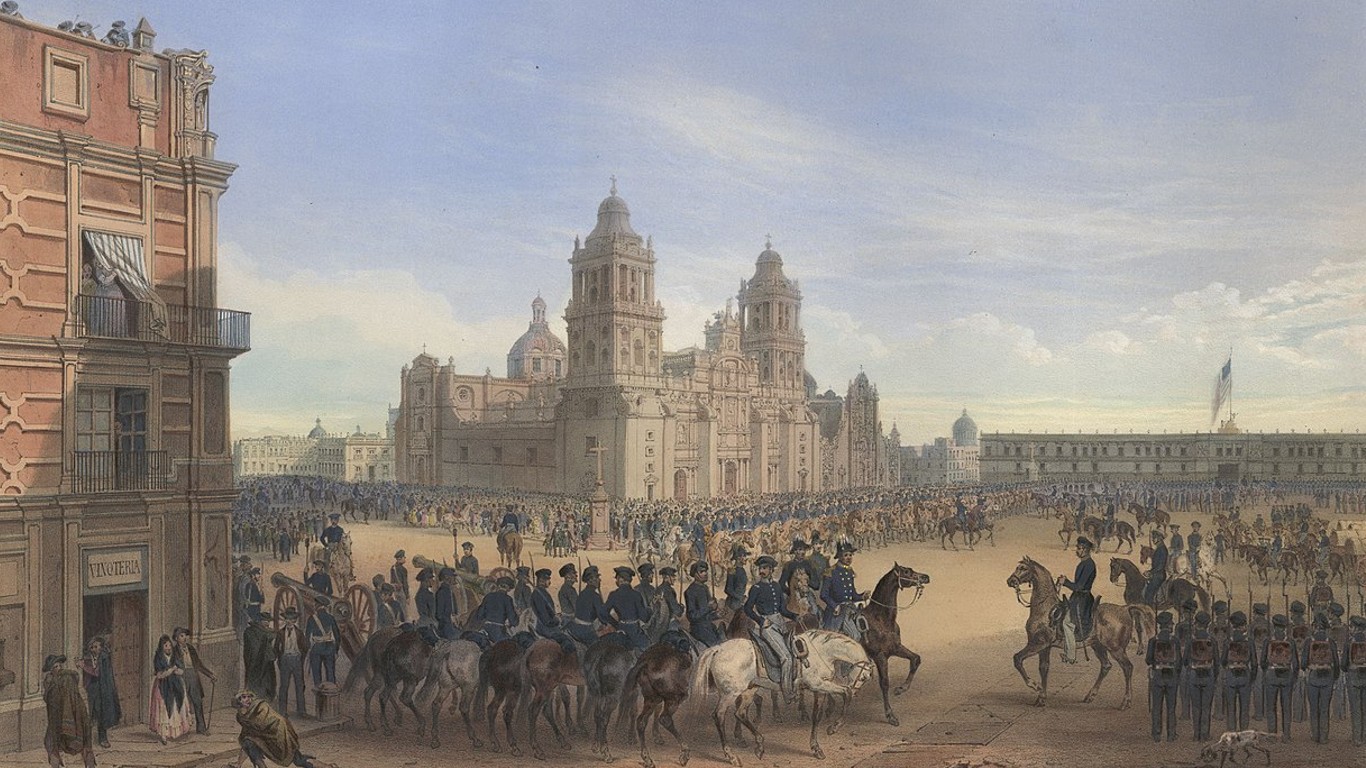
Mexico
> Date of resolution: Feb. 2, 1848
> War: Mexican-American War
The Mexican-American War was fought from 1846 to 1848. Mexico was politically conflicted and militarily unprepared for war. The U.S. was led by President James K. Polk, who believed America had a “manifest destiny” to extend across North America to the Pacific Ocean. The war began over U.S. intentions of annexing newly independent Texas, which Mexico said would start a war. A series of American victories led to the Treaty of Guadalupe Hidalgo, establishing the Rio Grande as the U.S.-Mexican border. Mexico recognized American annexation of Texas in an agreement in which Mexico had lost about one-third of its territory, including nearly all of present-day California, Utah, Nevada, Arizona and New Mexico.
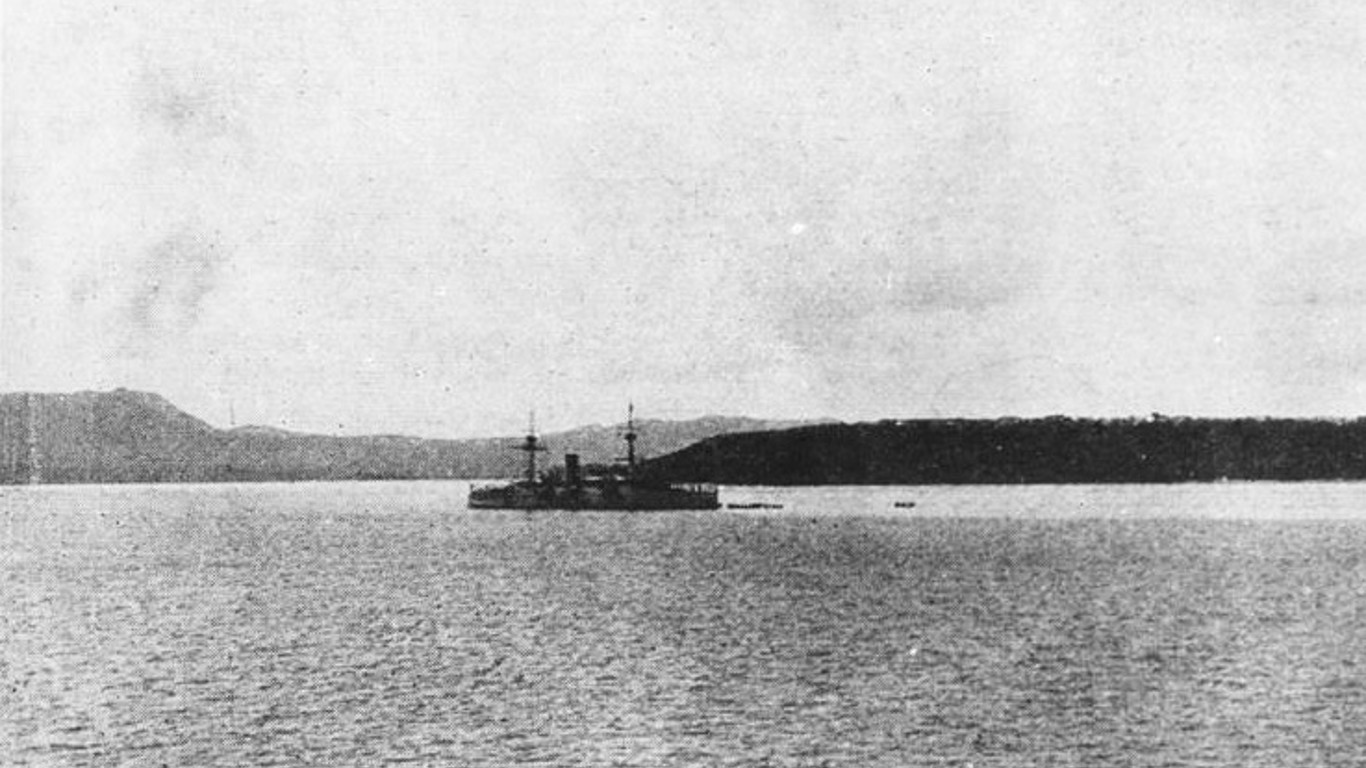
Guam
> Date of resolution: Dec. 10, 1898
> War: The Spanish-American War
The Spanish-American War resulted in the loss of nearly all of Spain’s possessions in the Western Hemisphere and in the Pacific Ocean. The island of Guam was one of Spain’s possessions in the Pacific. On the way to military action in the Philippines, the U.S. cruiser Charleston stopped at Guam and accepted its surrender from its Spanish governor who did not know his nation was fighting the United States.
[in-text-ad-2]

Cuba
> Date of resolution: Dec. 10, 1898
> War: The Spanish-American War
Cuba was the flashpoint for the Spanish-American War. Cuban revolutionaries sought to expel the Spanish Empire, which had ruled the Caribbean island since 1492. The United States, invoking the Monroe Doctrine that any intervention by external powers in the internal affairs of the Americas is a potentially hostile act against the U.S., sent naval forces to Havana in a show of strength. The battleship Maine blew up under mysterious circumstances, and America blamed Spain. A brief and one-sided war ensued, resulting in a U.S. victory. Cuba gained its independence, and the United States received possessions in the Pacific.
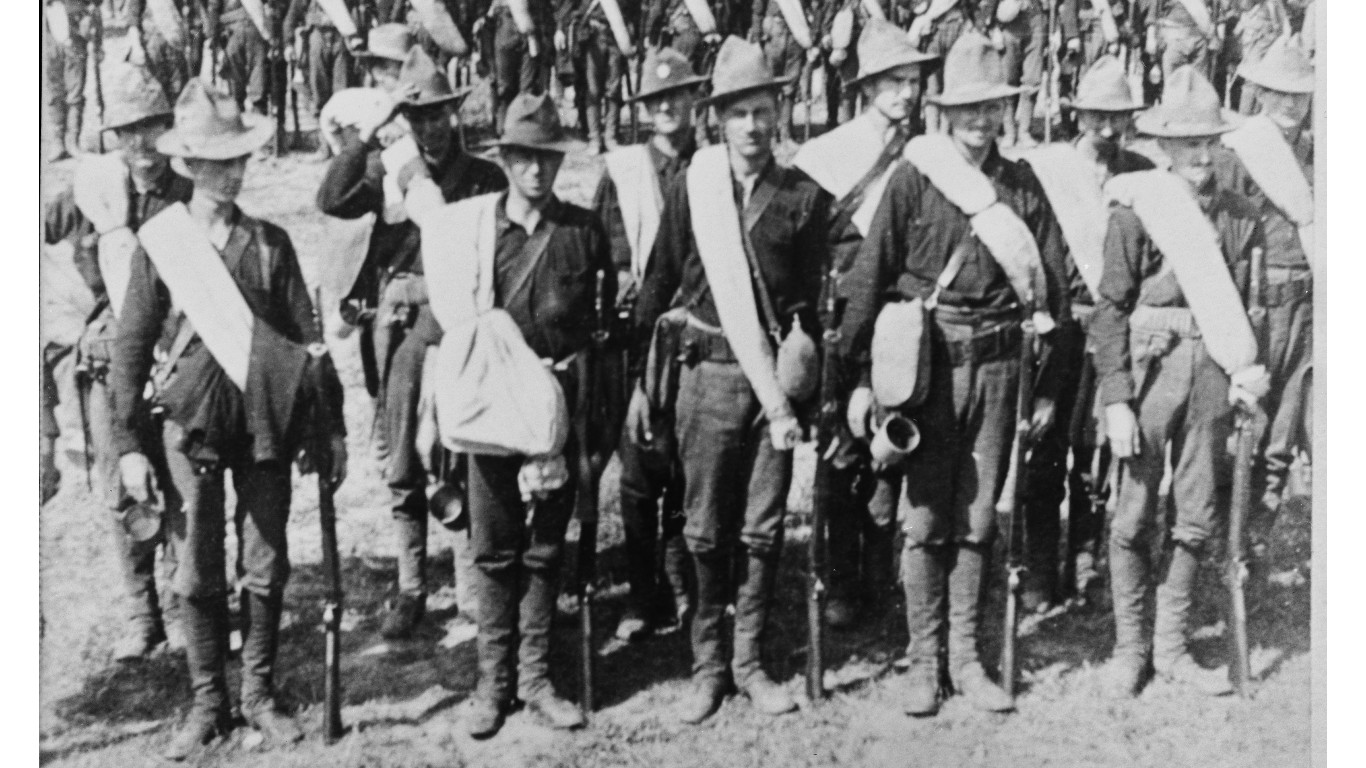
Puerto Rico
> Date of resolution: Dec. 30, 1899
> War: The Spanish-American War
Some politicians in Puerto Rico, a Spanish possession for about four centuries, began seeking independence in the late 19th century, and others sought to ally themselves with the United States. This political ambivalence exists in Puerto Rico to this day. During the Spanish-American War, the U.S. invaded the island and encountered little resistance, securing it in mid-August 1898. After hostilities ceased, Puerto Rico was officially ceded to the U.S. and became an American territory. Today, it is officially called the Commonwealth of Puerto Rico.
[in-text-ad]
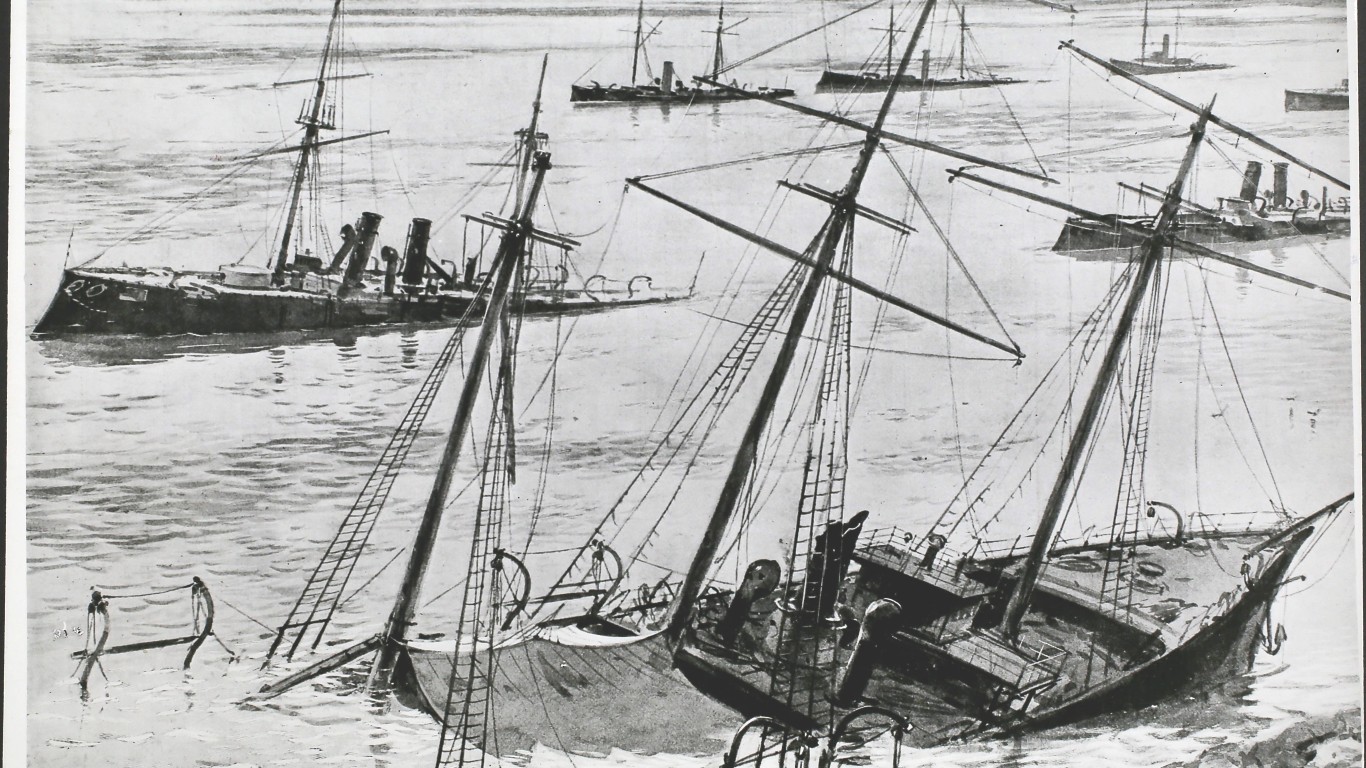
Philippines
> Date of resolution: Dec. 30, 1899
> War: The Spanish-American War
The Philippines, led by revolutionary José Rizal, was beginning to chafe under increasingly repressive Spanish rule in the late 19th century. Once the Spanish-American War began, the Filipinos rose in revolt. American victories on sea and land led to the surrender of Spain and its loss of the Philippines, which it had possessed since the 15th century, to the U.S. America had no intention of granting the Philippines its freedom, setting the stage for a bloody insurgency.
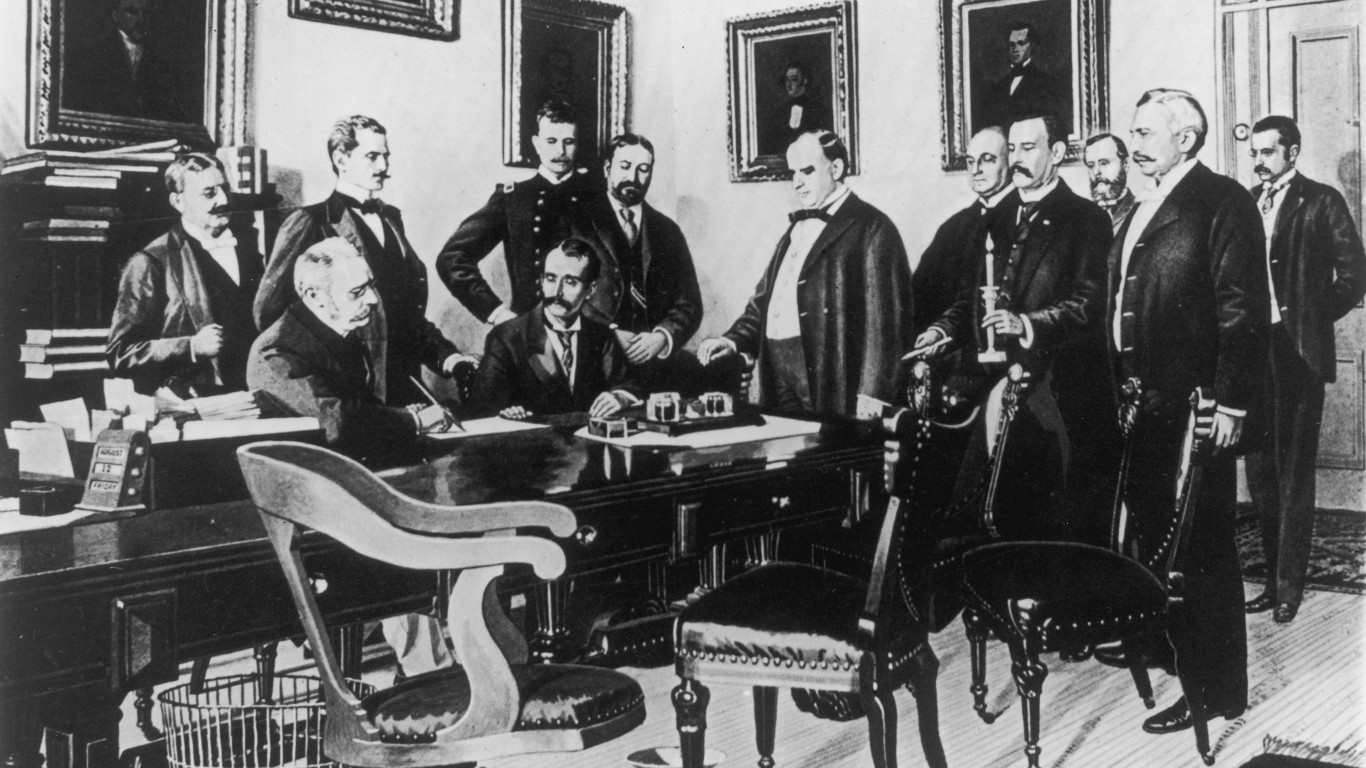
Spain
> Date of resolution: Dec. 30, 1899
> War: The Spanish-American War
The Spanish-American War led to the loss of virtually all of Spain’s possessions in the Western Hemisphere and in the Pacific Ocean. It was a brief, one-sided conflict in which the U.S. won every major engagement. The loss of Cuba, Puerto Rico, Guam, and the Philippines is known in Spanish history as El Desastre (The Disaster), effectively ending Spain’s era as an empire. The result of the war made the United States a world power.

Italy
> Date of resolution: Sept. 8, 1943
> War: WWII
Italy, chased out of North Africa and having lost the island of Sicily, surrendered to the Allies on Sept. 8, 1943, about five weeks after dictator Benito Mussolini was voted out of power and arrested. Gen. Pietro Badoglio, in charge of the new government, worked out a conditional surrender that allowed the Allies to land troops in southeastern Italy. Germany, Italy’s former ally, acted swiftly, shifting troops from the Russian front to Italy, launching Operation Axis to occupy Italy. The war in Italy would drag on until Germany’s surrender in 1945.
[in-text-ad-2]

Germany
> Date of resolution: May 8, 1945
> War: WWII
The Third Reich of Nazi Germany formally surrendered to the Allies on May 8, 1945, ending World War II in Europe. The conflict’s legacy remains to this day. In the war’s wake, European cities were shattered and families destroyed. The war also nearly wiped out the world’s population of Jewish people. The war left the western Allies and the Soviet Union as bitter rivals in the Cold War that would follow. Much of Germany was destroyed, and the nation was divided between the West and the Soviet Union. The western part occupied by the western Allies would emerge as a prosperous nation and would eventually reunite with East Germany in 1990.

Japan
> Date of resolution: Sept. 2, 1945
> War: WWII
World War II, the most destructive conflict in history, officially ended on Sept. 2, 1945, when the Japanese Empire formally and unconditionally surrendered to the Allies, nearly a month after the U.S. dropped the atomic bombs on Hiroshima and Nagasaki. Until Japan had capitulated, the Asian country had never formally surrendered in its recorded history.
At its apex in 1942, the Japanese Empire included Korea, Taiwan, the Philippines, Manchuria and much of eastern China, Southeast Asia, Indonesia, and many Pacific islands. Much of Japan’s infrastructure was destroyed by Allied air power. Japan recovered and eventually became the world’s second-largest economy before it was overtaken by China.
[in-text-ad]

Iraq
> Date of resolution: April 6, 1991
> War: Persian Gulf War
Iraq accepted the U.N. Security Council’s resolution that officially ended the Persian Gulf War. Iraq President Saddam Hussein agreed to relinquish all weapons of mass destruction and pay damages for Iraq’s seven-month occupation of Kuwait, which it had invaded the previous year. America and its massive coalition humiliated what had been the world’s fifth-largest army in a matter of hours in February 1991.

Afghanistan
> Date of resolution: Dec. 5, 2001
> War: War in Afghanistan
After the terrorist attacks on the United States on Sept. 11, 2001, the U.S. declared a war on terror. Because the Taliban regime in Afghanistan had been harboring 9/11 mastermind Osama bin Laden, the U.S. and its Afghan ally the Northern Alliance launched an invasion of Afghanistan. After 61 days of fighting, the Taliban stronghold of Kandahar fell in December. The Afghan capital of Kabul was taken the previous month. Surrender did not mean the end of the Taliban, who continued guerrilla activity and fought on against U.S. and Afghan troops. The Taliban eventually prevailed in 2022.
The thought of burdening your family with a financial disaster is most Americans’ nightmare. However, recent studies show that over 100 million Americans still don’t have proper life insurance in the event they pass away.
Life insurance can bring peace of mind – ensuring your loved ones are safeguarded against unforeseen expenses and debts. With premiums often lower than expected and a variety of plans tailored to different life stages and health conditions, securing a policy is more accessible than ever.
A quick, no-obligation quote can provide valuable insight into what’s available and what might best suit your family’s needs. Life insurance is a simple step you can take today to help secure peace of mind for your loved ones tomorrow.
Click here to learn how to get a quote in just a few minutes.
Thank you for reading! Have some feedback for us?
Contact the 24/7 Wall St. editorial team.